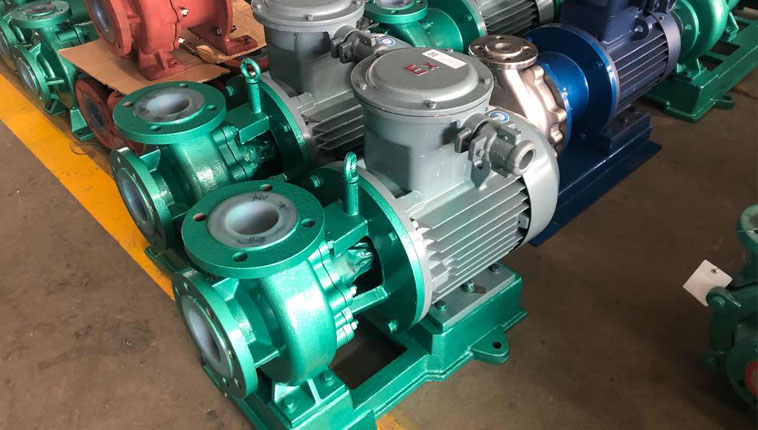1. Ordinary motor: the motor is a device that converts electrical energy into mechanical energy. 70% of the electric energy absorbed by the motor is converted into mechanical energy, which is often referred to as the efficiency value of the motor, which is an important technical index of the motor. The remaining 30% of the electricity is consumed by the motor itself due to heating, mechanical loss, etc., so this part of the electric energy is wasted.
2. high-efficiency motor: the motor with high energy efficiency is called high-efficiency motor, referred to as "high-efficiency motor".
For ordinary motors, it is not easy to increase the efficiency by 1 percentage point, and the material will increase a lot, and when the efficiency of the motor reaches a certain value, no matter how much material is added can not be improved. At present, most of the high-efficiency motors on the market are the updated products of three-phase asynchronous motors, that is to say, the basic working principle has not changed.
3. the high-efficiency motor mainly improves the efficiency of the motor through the following ways.

(2) Silicon steel sheet with good magnetic conductivity is used. Hot-rolled sheet with large iron loss in the past is now used with high-quality cold-rolled sheet with low loss, such as DW470. Even lower DW270.
(3) improve the machining accuracy, reduce the mechanical loss, replace the small fan and adopt the high efficiency bearing to reduce the fan loss.
(4) optimize the electrical performance parameters of the motor, and optimize the parameters by changing the slot shape.
(5) using cast copper rotor (complex process and high cost).
Therefore, it is necessary to make a real high-efficiency motor, which is much higher in design, raw materials and processing, so that electricity can be converted into mechanical energy to a greater extent.





 +86 18130251359
+86 18130251359 teflowpumps@tlpumps.com
teflowpumps@tlpumps.com











 +86+0563-5093318
+86+0563-5093318
